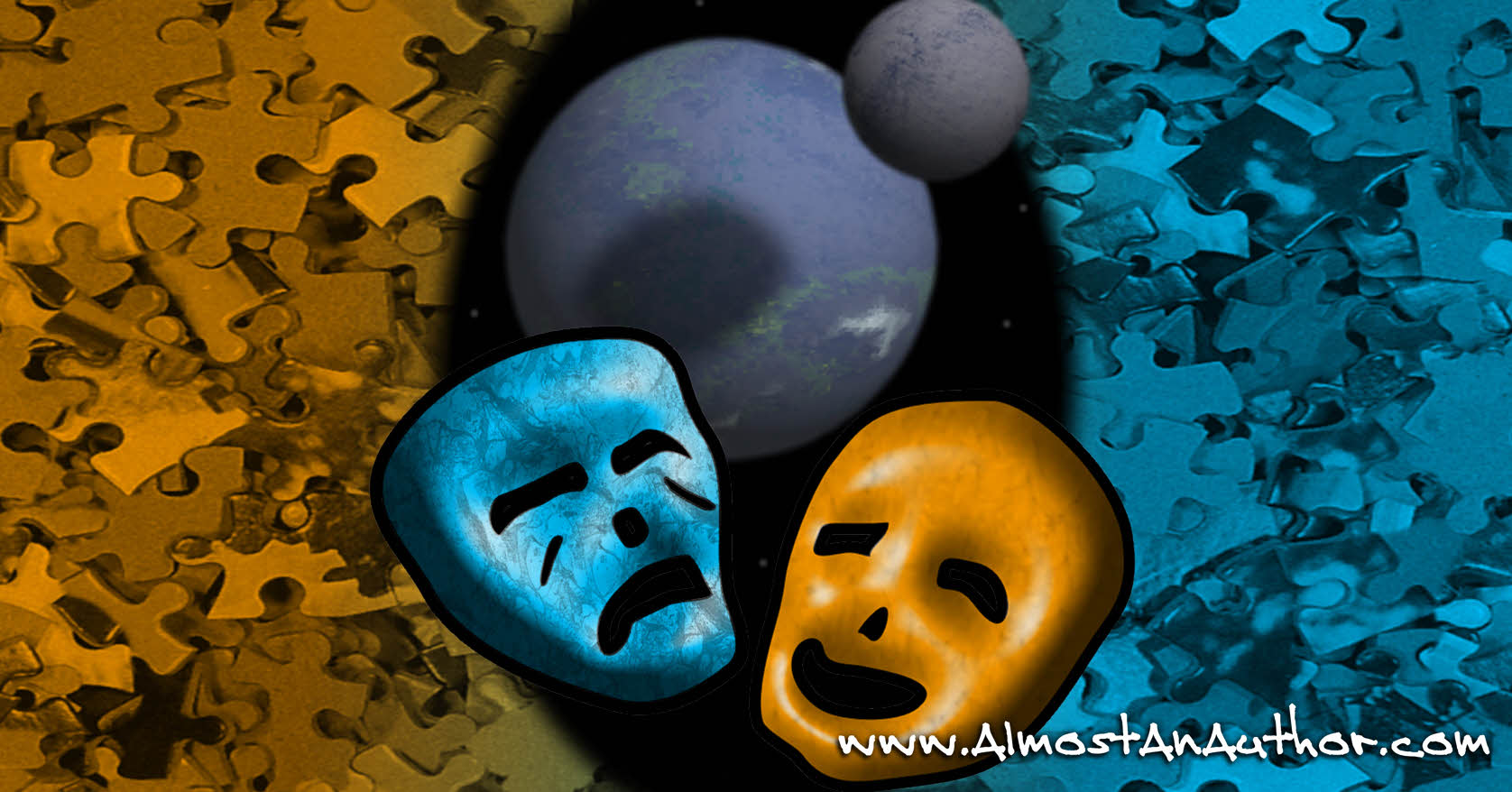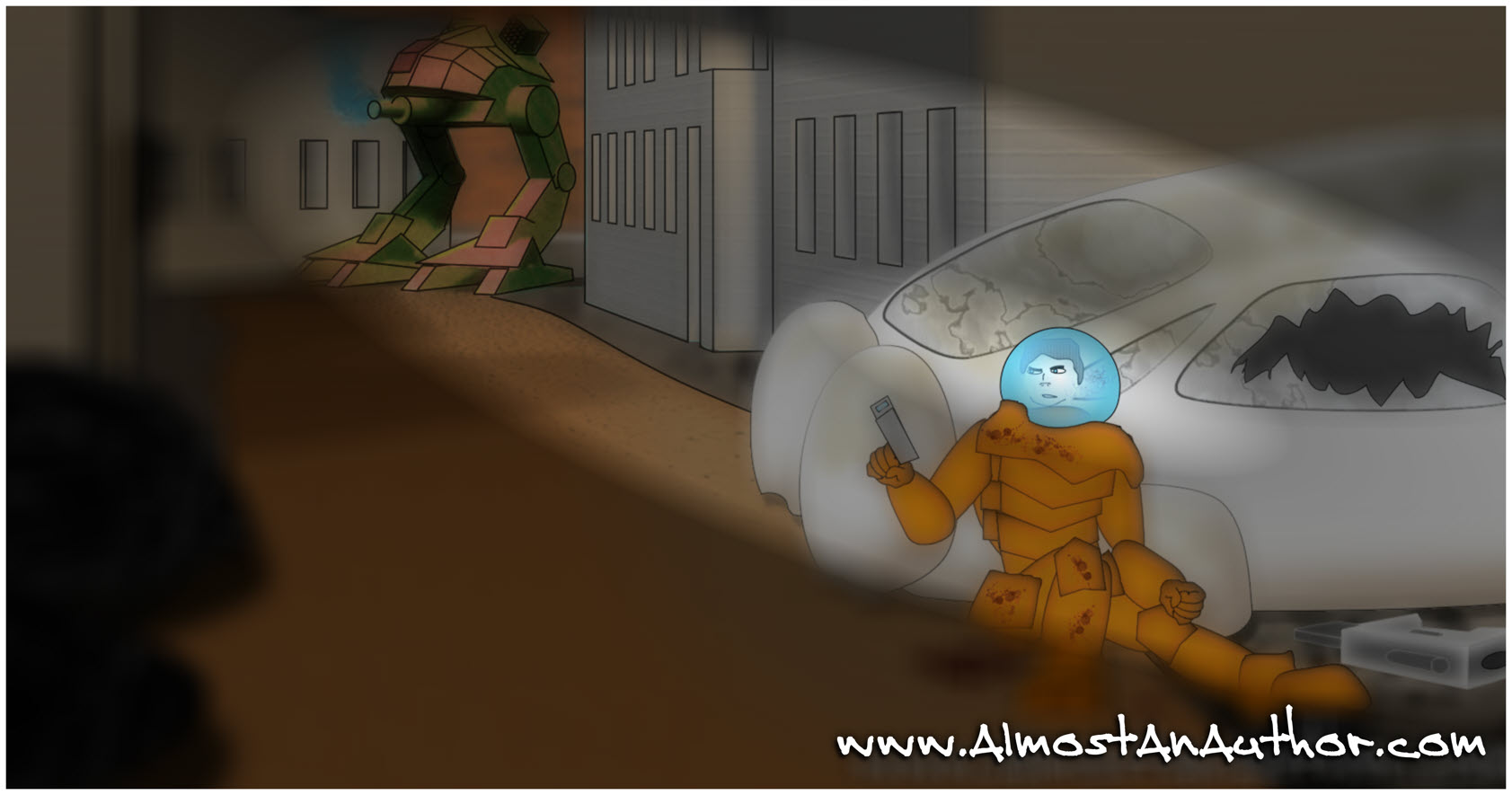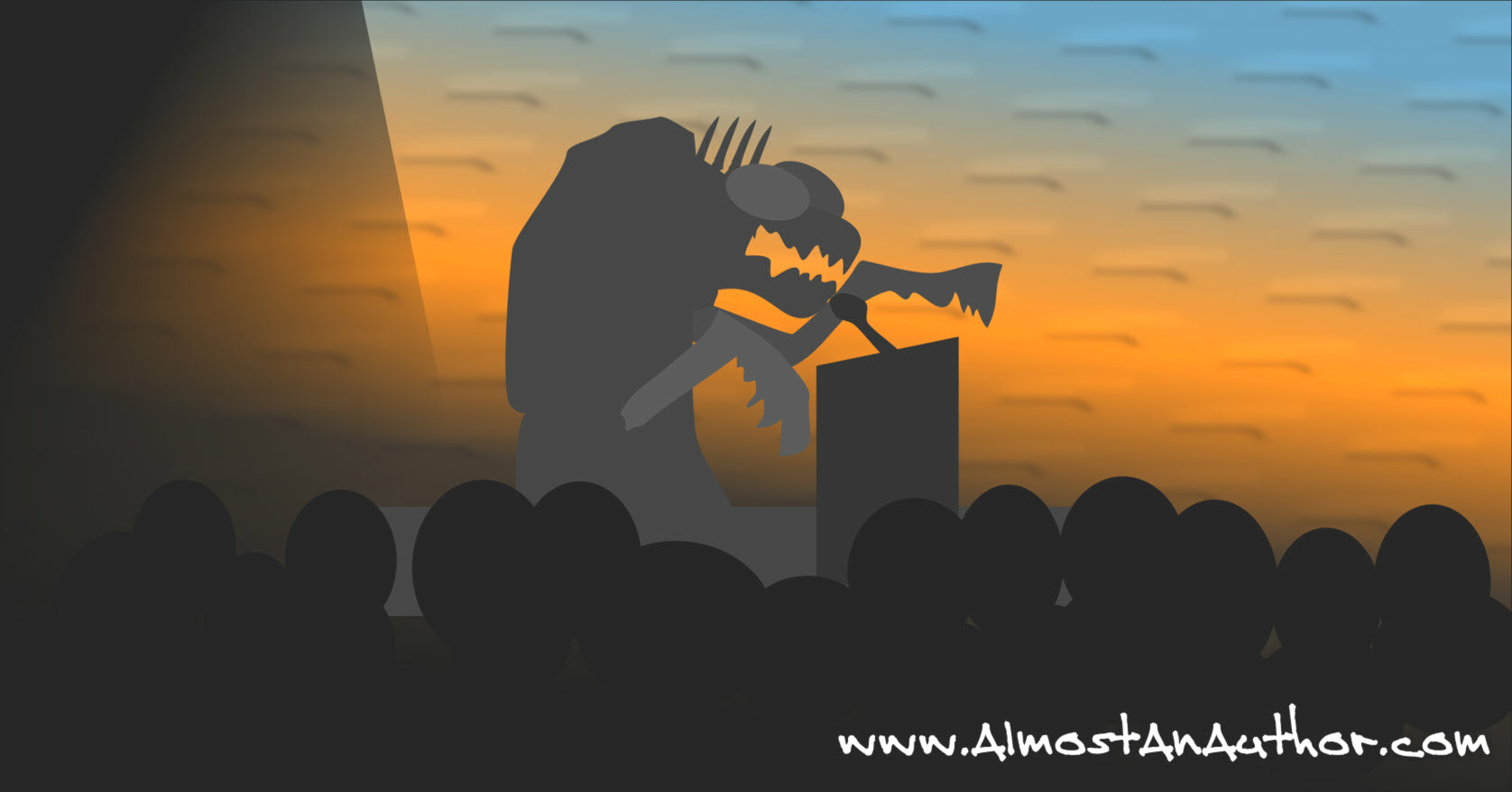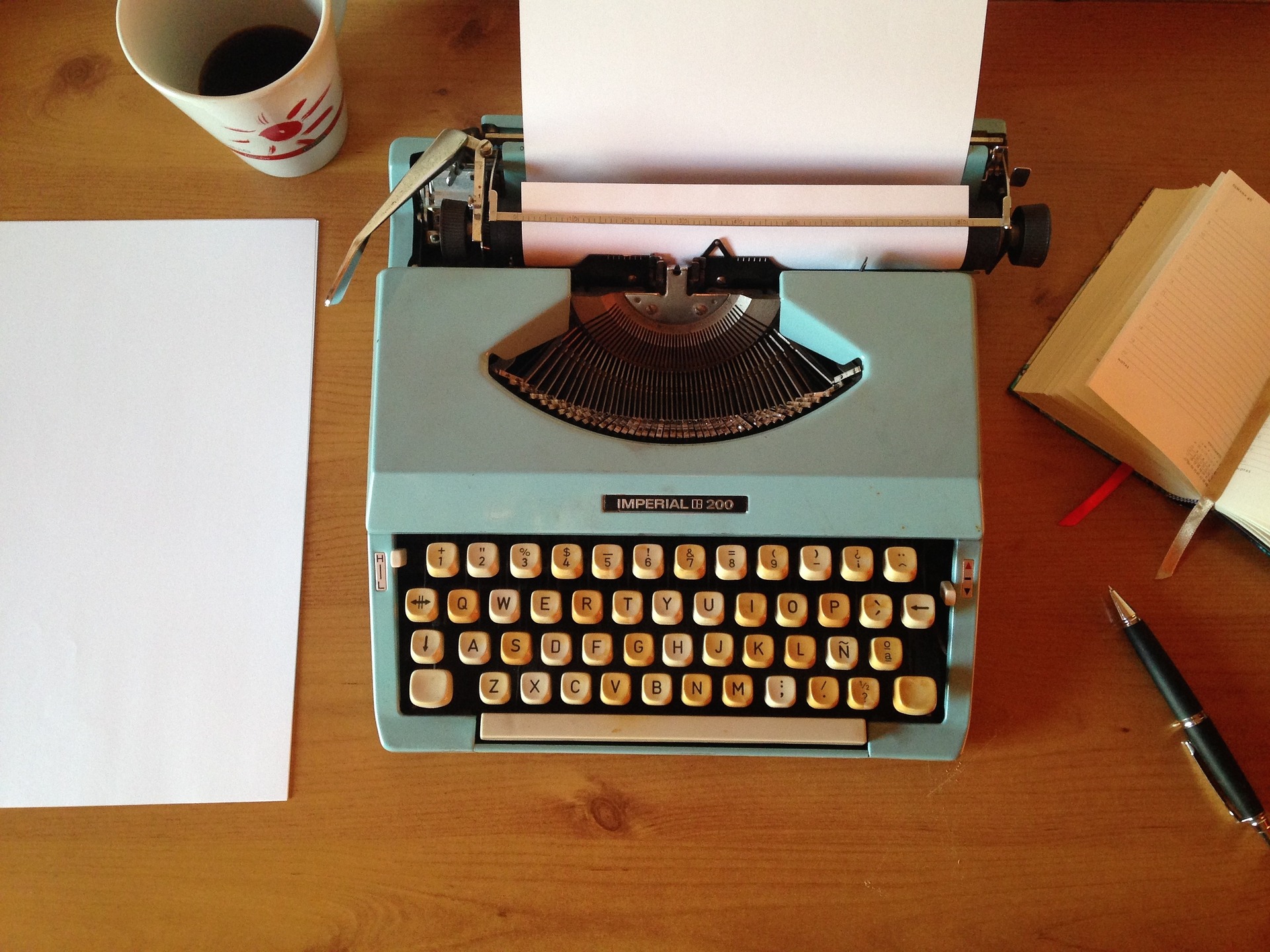
Writers Chat Recap for October Part 2
Writers Chat, hosted by Johnnie Alexander, Brandy Brow, and Melissa Stroh, is the show where we talk about all…
October 31, 2023
Writers Chat, hosted by Johnnie Alexander, Brandy Brow, and Melissa Stroh, is the show where we talk about all…
October 31, 2023
In 2001, I signed a contract to write four children’s science-fantasy adventure books with an impossible deadline. The contract…
September 22, 2023
We’ve spoken before about how little details can help color your storyworld. Societal habits, mating customs, dinner choices, and…
August 10, 2017
We were just about to head down the aisle before my daughter’s wedding, when I reached into my bag…
December 20, 2016
The carbine was still jammed and Jim couldn’t do anything to fix it. He finally tossed it aside and…
November 9, 2016
The murmur of countless alien tongues subsided as the chairman of the interstellar council called for order. The delegates…
October 11, 2016
I recently read these words written by an editor: “Also, do not be contended with the cut and dried…
September 21, 2016
Once you’ve chosen the setting of your book—which we discussed in Part 1 of this series—it’s important to spend…
July 21, 2016
Are you interested in trying to write poetry for the first time? Or maybe you’ve been writing poetry but…
June 5, 2016
For most writers, our passion to write was birthed from a passion to read. We grew up immersed in…
March 10, 2016
Where to begin? I had a friend ask me this question recently, who is interested in writing a young…
January 15, 2016
[bctt tweet=”How to Set Writing Goals and Finish Your Book #writingtips @tessaemilyhall “] As a teen, you have…
December 29, 2015
Although I don’t believe every teen writer should strive for publication, let’s face it: More and more teen authors…
September 2, 2015